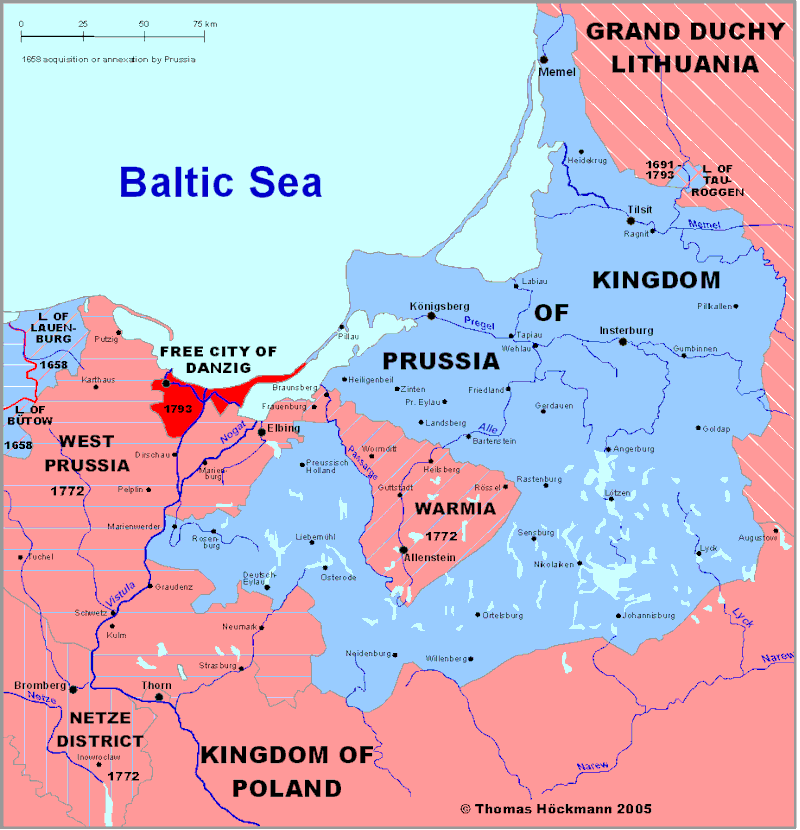After the appointment of Hitler as the new chancellor, the Nazis used the opportunity of the absence of Franz von Papen to appoint Hermann Göring federal commissioner for the Prussian ministry of the interior. The Reichstag election of March 5, 1933 strengthened the position of the National Socialist Party.
Because the Reichstag building had been set on fire a few weeks earlier, the new Reichstag was opened in the Garrison Church of Potsdam on March 21, 1933 in the presence of President Paul von Hindenburg. In a propaganda-filled meeting between Hitler and the Nazi Party, the "marriage of old Prussia with young Germany" was celebrated, to win over the Prussian monarchists, conservatives, and nationalists and induce them to vote for the Enabling Act of 1933.
In the centralized state created by the Nazis in the "Law on the Reconstruction of the Reich" and the "Law on Reich Governors" the states were dissolved. The federal state governments were now controlled by governors for the Reich who were appointed by the chancellor. From 1934 almost all ministries were merged and only a few departments were able to maintain their independence. Hitler himself became formally the governor of Prussia. His functions were exercised, however, by Hermann Göring, as Prussian prime minister.
As provided for in the "Greater Hamburg Law", certain exchanges of territory took place. Prussia was extended on April 1, 1937, for instance, by the incorporation of the Free and Hanseatic City of Lübeck.
The Prussian lands transferred to Poland after the Treaty of Versailles were re-annexed during World War II. However, most of this territory was not reintegrated back into Prussia but assigned to separate Gaue of Nazi Germany.
Thursday, June 12, 2008
Subscribe to:
Post Comments (Atom)




No comments:
Post a Comment